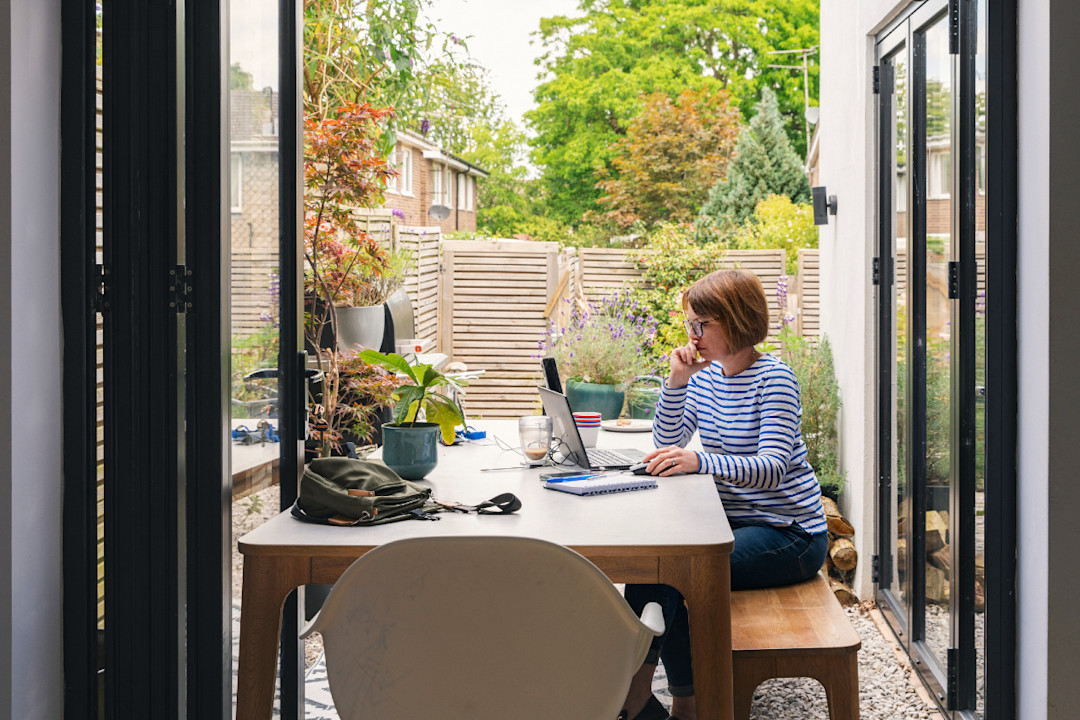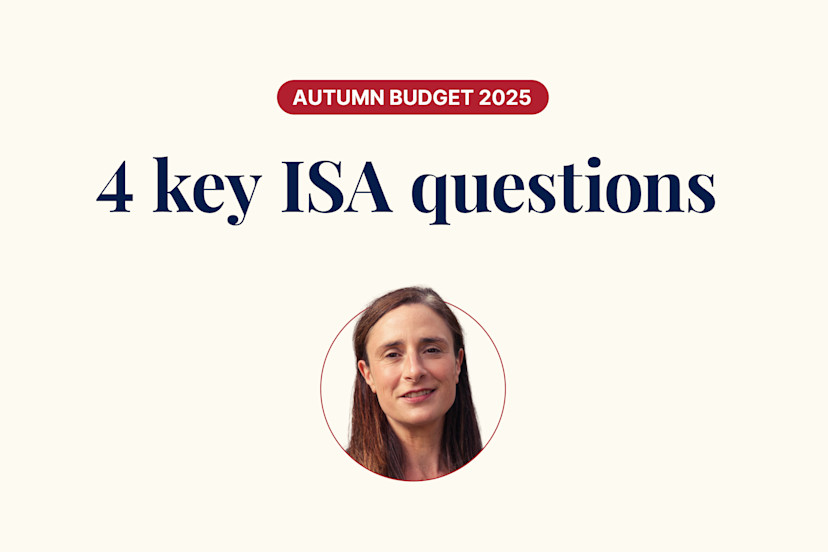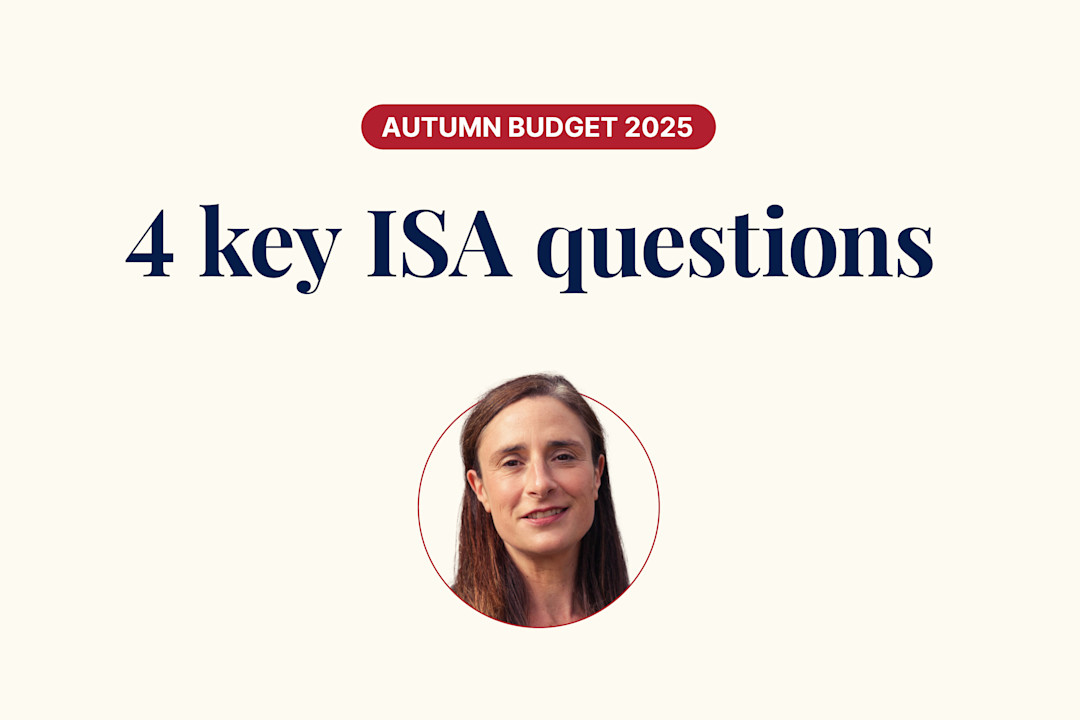News & Insights
HL LIVE
Updated Wednesday 19th November 2025
Live blog covering today's important financial market events and news
Switch Your Money On podcast


Autumn Budget rumours: tax hikes, pension changes and ISA risks
Sarah Coles and Helen Morrissey break down the rumours ahead of the Autumn Statement and what they could mean for your finances.
Read or listen now
Stock markets today
Prices delayed by at least 15 minutes
Next week on the stock market
24th - 28th November 2025
- Growing pains on the horizon for Alibaba
- easyJet eyes full-year growth despite headwinds
Our savings and resilience report
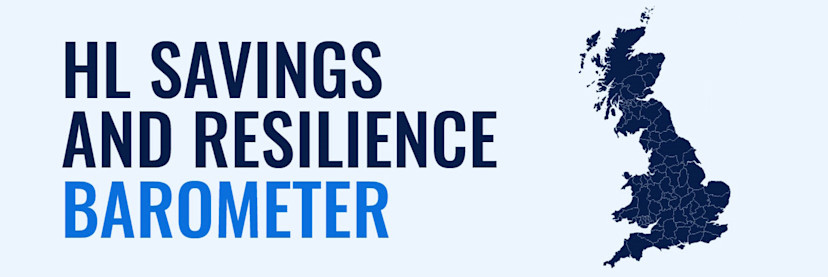
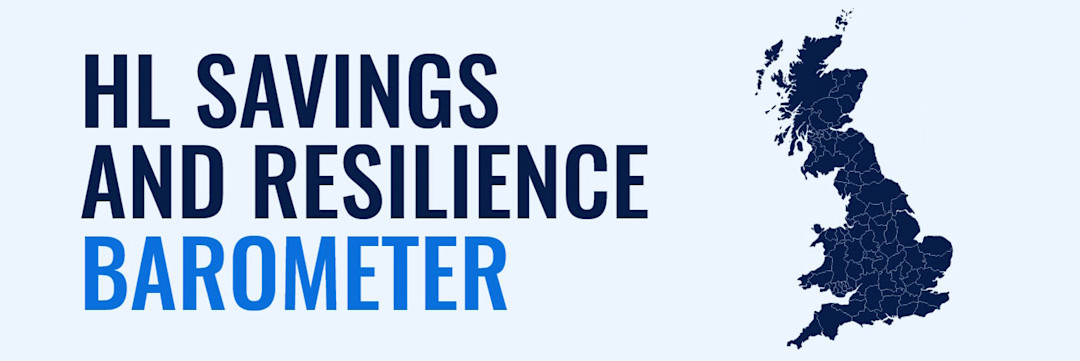
Higher earners have the most alarming pension gaps
We’ve partnered with experts at Oxford Economics to explore ways to strengthen household finances, compared which regions are more financially resilient than others, and the potential risks to the nation for 2025.
Explore our research
Newsroom
News from leading news agencies. Hargreaves Lansdown is not responsible for article content and accuracy. We may not share the views of the author.




